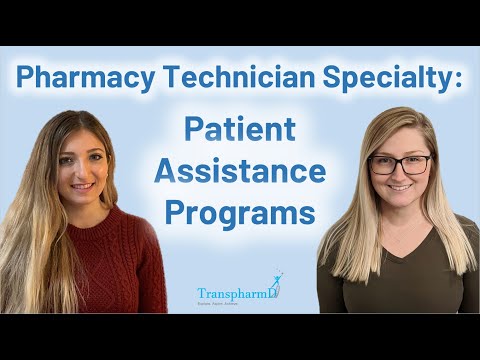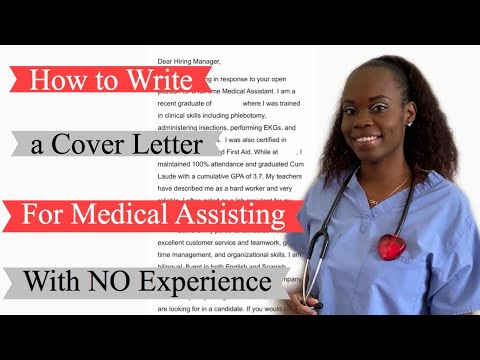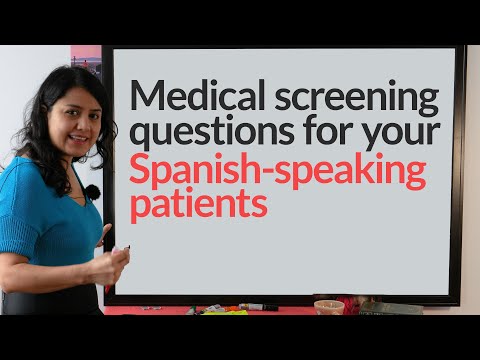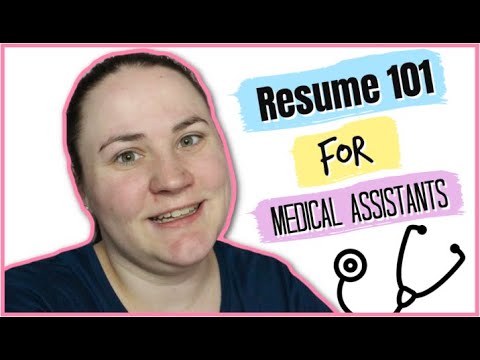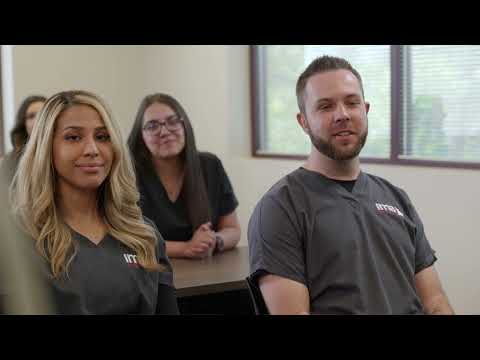Patient Assistance Programs for Medications – How to Get Help With the Cost of Your
Contents [show]
If you’re having trouble affording your medication, you may be able to get help through a patient assistance program. Learn more about how these programs work and how to find one that can help you.
Checkout this video:
Introduction
If you need help paying for your prescription medications, you may be eligible for assistance from a patient assistance program (PAP). These programs are designed to help people who cannot afford to pay for their medications.
There are many different PAPs available, and each one has its own eligibility requirements. Some programs may only be available to people with certain medical conditions, while others may require that you meet income guidelines.
Most PAPs are offered by pharmaceutical companies, but there are also some government-funded programs. To find out if you qualify for any type of assistance, contact the specific program directly.
In general, PAPs will cover all or part of the cost of your medication. Some programs may also cover other costs associated with your medication, such as co-pays and coinsurance. To learn more about how PAPs work and how to apply for assistance, read on.
What are patient assistance programs?
Patient assistance programs are designed to help low-income, uninsured, and underinsured patients with the cost of their medications. These programs are usually sponsored by pharmaceutical companies or nonprofit organizations, and they may provide free or discounted medications to qualifying patients.
To qualify for a patient assistance program, you will usually need to meet certain income requirements and have no prescription drug coverage. Some programs may also require that you have a chronic or life-threatening illness.
If you think you may qualify for a patient assistance program, contact the program directly to find out more about eligibility requirements and how to apply.
How do patient assistance programs work?
patient assistance programs are offered by many pharmaceutical companies to help people afford the medications they need. These programs are usually run by the manufacturer of the medication, and they are designed to help people who cannot afford to pay for their medication on their own. There are a few different ways that these programs work, but most of them have some eligibility requirements that you must meet in order to qualify.
In some cases, the patient assistance program will cover the entire cost of your medication. This is usually only available for people who are considered low-income, but there may be other criteria as well. In other cases, the patient assistance program will provide a discount on your medication. This means that you will still have to pay something for your medication, but it will be less than what you would otherwise have to pay.
Still other patient assistance programs will provide you with free samples of the medication you need. This can be helpful if you only need a small amount of the medication and you don’t want to commit to purchasing a whole bottle. These programs can also be helpful if you’re trying a new medication and you want to see how it works before you decide whether or not to purchase it.
Most patient assistance programs require that you have a prescription for the medication you need in order to apply. Some programs also require that you have evidence that you cannot afford to pay for your medication on your own. This is usually in the form of tax documents or pay stubs showing your income. You may also be required to provide proof of residency and identity.
The best way to find out if there is a patient assistance program available for the medication you need is to contact the pharmaceutical company directly and ask about their program. You can also ask your doctor or pharmacist if they know of any programs that might be able to help you.
Who is eligible for patient assistance programs?
Patient assistance programs (PAPs) are programs created by pharmaceutical companies to provide free or low-cost medications to people who are unable to afford them. These programs are usually designed for people who do not have insurance or who have difficulty affording their medications even with insurance.
There are many different PAPs available, and each one has its own eligibility requirements. In general, though, most PAPs require that you have a household income below a certain level, and that you do not have any other form of financial assistance for your medications. Some PAPs also have age restrictions, and some are only for people with certain medical conditions.
If you think you might be eligible for a patient assistance program, the best thing to do is contact the pharmaceutical company that makes the medication you need. They will be able to tell you whether or not you qualify for their program and what the next steps are.
What medications are covered by patient assistance programs?
Prescription medications can be very expensive, and sometimes patients need help paying for their medications. That’s where patient assistance programs come in. Patient assistance programs are offered by pharmaceutical companies to help people access their medications.
Patient assistance programs typically cover all or most of the cost of a medication for people who cannot afford it. Eligibility requirements vary from program to program, but most programs require that patients have a certain income level, do not have insurance that covers the medication, and are U.S. citizens or legal residents.
There are many different medications covered by patient assistance programs, including brand-name and generic drugs. Some of the most commonly prescribed drugs that are covered by patient assistance programs include:
-Asthma inhalers
–blood pressure medications
-Cholesterol-lowering drugs
-Depression and anxiety medications
-Diabetes medications
-Heartburn and acid reflux medications
-HIV/AIDS medications
– Immunosuppressant drugs
-Multiple sclerosis (MS) treatments
-Parkinson’s disease treatments
How to apply for patient assistance programs
If you need help paying for your prescriptions, there are a few different patient assistance programs that may be able to help. Here’s how to apply for each one.
Most patient assistance programs are run by pharmaceutical companies or non-profit organizations. To apply, you’ll need to fill out a form and provide proof of your income and household size. The application process can take a few weeks, so make sure to apply well in advance of when you need help paying for your prescriptions.
Here are the three most common patient assistance programs:
1) RxAssist: RxAssist offers a searchable database of patient assistance programs run by pharmaceutical companies. You can search for programs by medication, manufacturer, or program type.
2) Partnership for Prescription Assistance: The Partnership for Prescription Assistance helps patients find assistance programs run by state and local governments, as well as non-profit organizations. You can search for programs by state, ZIP code, or program type.
3) NeedyMeds: NeedyMeds offers a searchable database of patient assistance programs, as well as coupons and discounts on prescription medications. You can search for programs by medication name or manufacturer.
Tips for getting the most out of patient assistance programs
There are many different types of programs available to help patients with the cost of their medications. These programs are offered by pharmaceutical companies, non-profit organizations, and government agencies. Here are some tips for getting the most out of these programs.
1. Check the eligibility requirements for each program. There may be income or other requirements that you need to meet in order to qualify.
2. If you have insurance, check to see if the program will cover your co-pays or deductibles. Some programs will only pay for medication that is not covered by insurance.
3. Ask if there are any restrictions on the program, such as how long you can receive assistance or how often you can get refills.
4. Be sure to keep track of when you need to renew your application for the program or re-apply for assistance. Some programs have annual or semi-annual deadlines that you need to be aware of.
Common mistakes to avoid with patient assistance programs
When you’re struggling to afford the high cost of your medications, it can be tempting to turn to a patient assistance program (PAP) for help. However, there are a few common mistakes that patients make when applying for assistance that can decrease their chances of getting approved.
One mistake is not understanding the eligibility requirements. Each PAP has their own eligibility criteria, and it’s important to make sure that you meet all of the requirements before applying. For example, some PAPs may only assist with medications that are not covered by insurance, while others may have income requirements.
Another common mistake is not knowing what documentation is required. Most PAPs will require some form of documentation to verify your eligibility, such as proof of income or a letter from your doctor. Be sure to check what documentation is required before you apply, as submitting incomplete or incorrect documentation can delay or even prevent your application from being processed.
Finally, many patients overlook the application deadline. Each PAP has their own deadline for submitting applications, and it’s important to make sure that you submit yours before the deadline expires. Missing the deadline can mean having to wait months for your next opportunity to apply.
If you’re struggling to afford your medications, a patient assistance program may be able to help. Just be sure to avoid these common mistakes when applying for assistance.
How to find patient assistance programs
There are many pharmaceutical companies that offer programs to help patients with the cost of their medications. These programs are called “patient assistance programs” or “PAPs.” To find out if you qualify for help, you will need to contact the pharmaceutical company that makes your medication.
You can find contact information for most pharmaceutical companies on their websites. Once you have located the website, look for a link that says something like “Patient Assistance Program,” “financial assistance ” or “Help with the Cost of Medications.”
If you cannot find the information you need on the website, you can also call the customer service number listed on your prescription label. The customer service representative should be able to tell you if the company has a patient assistance program and how to apply for it.
FAQs about patient assistance programs
Below are some frequently asked questions about patient assistance programs (PAPs), which are programs that help eligible patients with the cost of their medications.
What is a patient assistance program?
A patient assistance program is a program that helps eligible patients with the cost of their medications. Some PAPs are run by pharmaceutical companies, while others are run by non-profit organizations.
What are the eligibility requirements for a patient assistance program?
To be eligible for a patient assistance program, you must meet certain criteria, such as having a low income or being uninsured. Each PAP has its own eligibility requirements, so you will need to check with the specific program to see if you qualify.
How do I apply for a patient assistance program?
The application process for a patient assistance program will vary depending on the specific program. Some programs may require you to complete an online application, while others may require you to submit a paper application. Once you have gathered all of the required materials, you will need to submit your application to the program for review.
What happens after I apply for a patient assistance program?
Once your application has been received, it will be reviewed by the program staff. If you are found to be eligible for the program, you will be notified and provided with information on how to obtain your medication at no cost or at a reduced cost.

